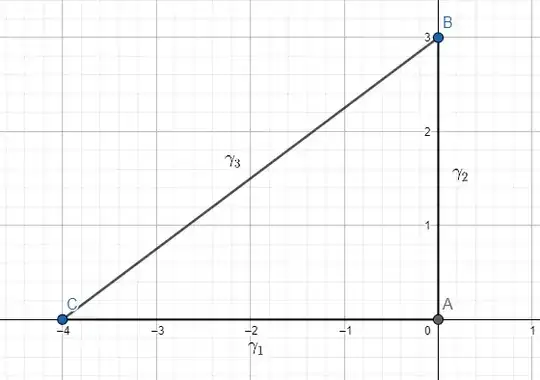If the $\gamma$ is the closed triangular curve that traces out in counterclockwise fashion the square of vertices $0,3i,-4$ prove that $$\left|\int_\gamma(e^z+\bar z)dz \right|\le60$$

Attempt 1:
Direct calculation with triangle inequality: On $\gamma_1$: $y=0$, $x\in[-4,0]$ so $|e^z+\bar z|=|e^x+x|\le |e^x|+|x|$
Calculating integrals seperately:
$\int\limits_{-4}^0 e^x dx$ and $\int\limits_{-4}^0 x dx$
and for the other paths, I have found a bigger value than $60$
Attempt 2:
I tried to use $\max{|e^z+\bar z|}$ on a given path $\gamma_i$ as : $\max{|e^x|+|x|}$ on $\gamma_1$ is $e^0+|-4|=5$ but for other paths again I have found a bigger value than $60$
How to do it properly?